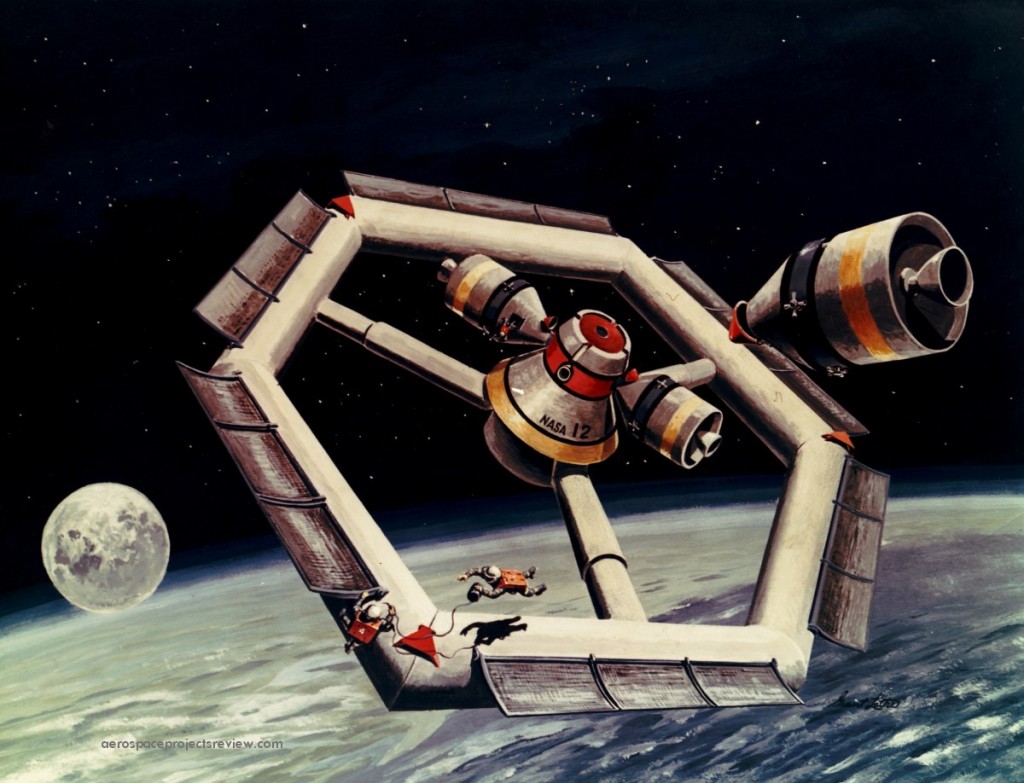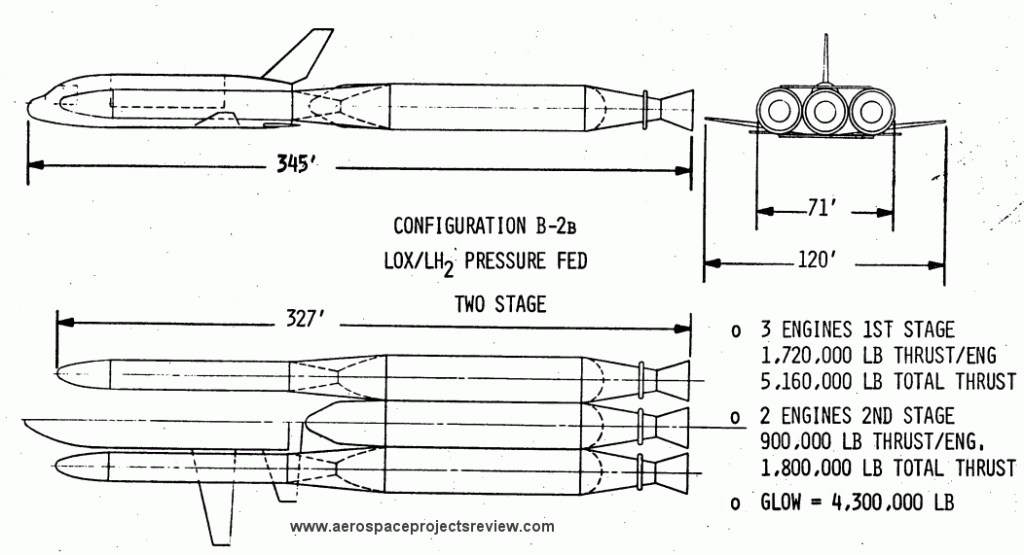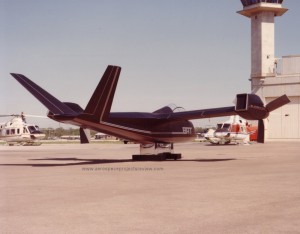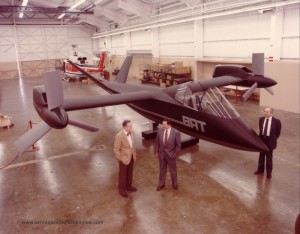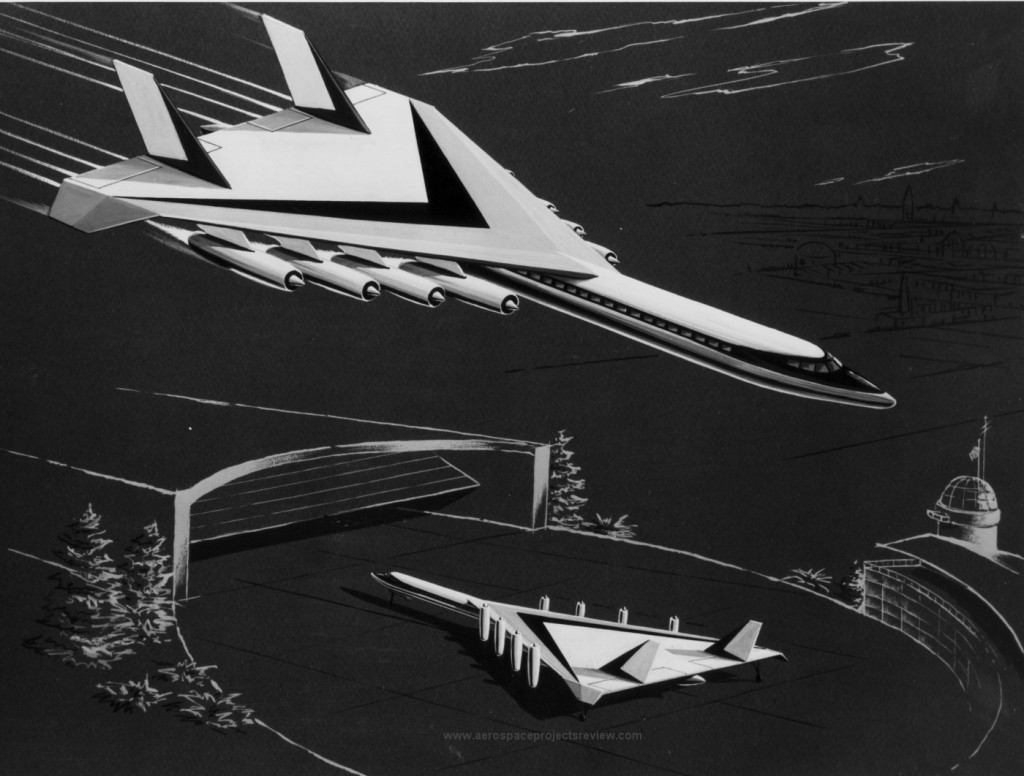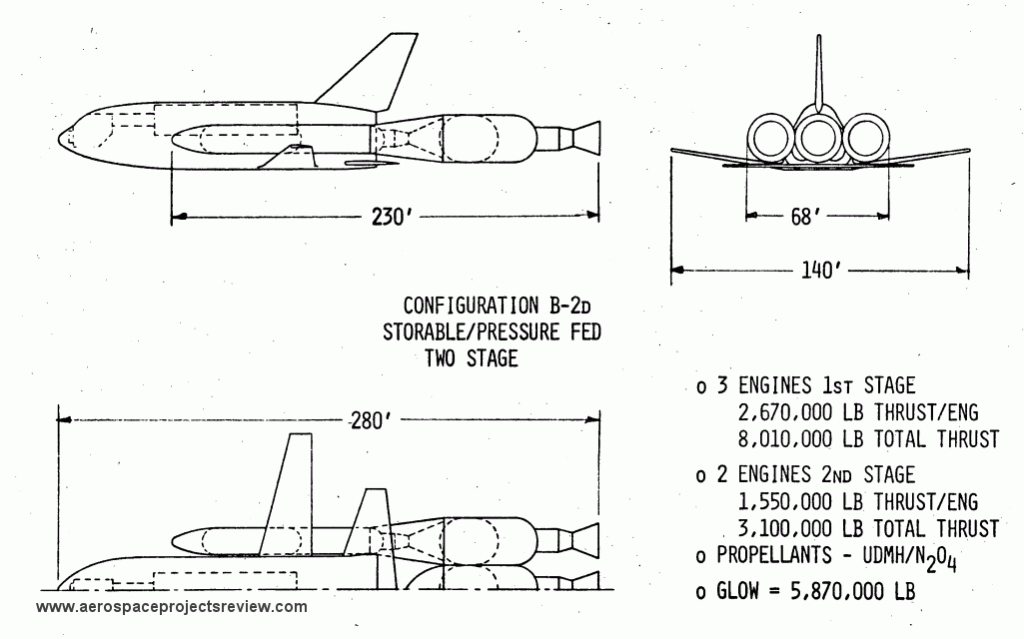I am working on making cyanotype prints using vellum instead of the heavyweight watercolor paper used to date. This is historically appropriate, as well as being far lighter and rollable (ship in a tube rather than flat). Early test runs are encouraging, though the failure rate is higher than for watercolor paper. I’m going to make vellum-type available alongside the watercolor-paper-type. They will be more expensive, due to higher cost and more effort required. They will probably be special-order items. So if there are any of the current cyanotype prints you’d especially like to see as vellum cyanotypes, let me know via email.
![]()
Related: I’ve finally found a company that says they can make large-format transparencies, which I can used to make large-format vellum cyanotypes. I hope to have a set of large format transparencies (including both the Saturn Ib and Saturn V) sometime next week.
If it all works out, and things are at least encouraging, then I’ll also be able to make vellum blueprints to order, easily up to 18X24, likely to 24X36, and 14X72 or so (two different “frames” on hand). So if you have diagrams you’d like in velum cyanotype format, let me know…
![]()
